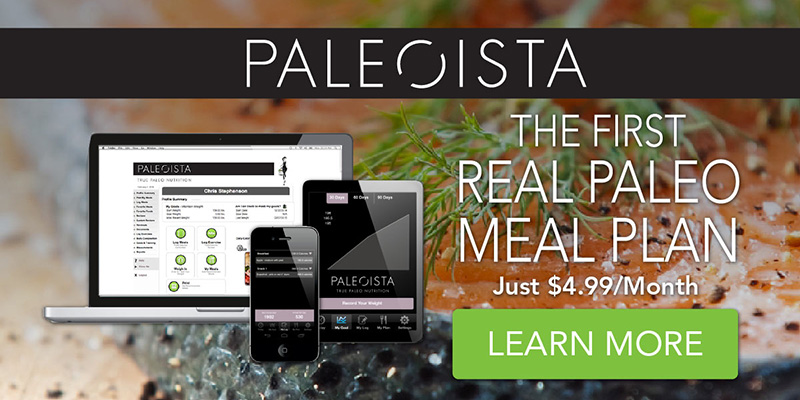What Foods to Eat Before and After a Workout
Nothing like a ripe banana first thing in the morning to fuel your run! It makes perfect sense to rely on this natural, pure source of carbs to fuel your 30 minute jog, doesn’t it?
Not exactly.
While a banana is indeed natural, it is far from being the best thing to fuel your morning workout, despite perhaps making you feel energized from the sugar.
So, what should you eat prior to an early morning sweat session?
While there are many factors to consider, let’s begin by separating those who are doing morning activity into two categories: those who need to fuel and those who don’t.
If you’re just starting an exercise regime and you’re doing a workout that’s not very long or intense, you don’t need to eat anything first. In very basic terms, if you’re not supplying your body with sugar, there’s nothing else for your body to use as fuel but fat.
Even the leanest have enough fat to get through a workout. If you begin your day burning fat rather than carbohydrates, you’re doing the best possible thing you can do to set yourself up for steady energy all day long, assuming you eat a proper Paleo diet. Look at it this way: the body wants to take the path of least resistance. If sugar is readily available and work isn’t needed to tap into fat stores, guess which path is taken? And guess which path our brains are conditioned to think we need all day long?
Now, what if you didn’t eat anything and went straight out for your run or to spin class? Sorry, brain, no sugar is available, so you’d better tap into some fat!
But is this the case only for short, easy activity?
Not by a long shot! We can train our bodies to become extremely efficient at using fat as fuel, even for long, intense workouts. What does this mean for endurance athletes or highly conditioned CrossFitters, for example?
A few things.
First of all, this is not to say if you’ve trained on carbohydrates for years that you should decide tomorrow to go out for a four hour ride with an empty stomach. It’s not going to work and you’ll likely experience that all too familiar ‘bonk’. However, what you can do is begin to wean yourself off of carbs by beginning to implement some fasted training sessions.
I’ve changed my own Ironman fueling regime quite significantly over the years from being heavily reliant on carbohydrates to becoming fat-adapted enough to swim, ride and run at high intensities for extended periods of time using a protocol more aligned with fat burning.
More and more research continues to demonstrate how higher (healthy) fat and lower carbohydrate approaches are more conducive to better overall health. To follow a Paleo diet regime on a daily basis but then mix it with a high carbohydrate approach is simply not as synergistic as having all of your eating aligned.
Strength training or CrossFit sessions done in a fasted state are also shown to elicit better results in terms of results and recovery compared to pounding down an artificially flavored protein powder shake before a session. So, we see what we shouldn’t be doing (eating lots of sugar) and where we should be heading, but what about in the interim, during what one might refer to as an “adaptation phase”? Is this to say we shouldn’t have any carbs?
No, not at all. The idea isn’t to become only reliant on all fat and no sugar at all; rather, it’s important to have both pathways available. The brain does need a little bit of glucose to function, but the key is to remember the brain can use ketones to supply this essential fuel.1
So, over time, the goal is to train the mind and body to rely on fat, not carbohydrates. This will help you become not only an athlete who can perform and recover better, but also a human who is lean with great energy levels all day long, who will not likely fall prey to diabetes, obesity, or worse.
You might follow an approach that I used for years for endurance, which was to include starch (mostly yams) the night before a long session, drink a homemade smoothie in the morning using fresh egg, banana, and coconut water, and then following the non-Paleo, gel-fueling protocol. I’ve always been candid that the gel I used for years was the sole non-Paleo thing in my diet and it drove me nuts that I was using a man-made product that embodied the antithesis of everything else I ate and suggested others eat.
To this end, I began fiddling around with fasted training and continue to develop a protocol2 which allows long, intense training to occur. With this approach, I’ve had better results than I’ve ever seen before, less soreness caused by lactic acid build-up, and none of that awful carb-crash feeling.
It is worth noting that while salting foods is not part of the traditional Paleo diet approach, when one follows a more fat-adapted approach for exercise, it becomes significantly more important to add some electrolytes.3
Bottom line: follow a True Paleo regime, give your body time to adapt, do your research and allow yourself to transition into what will prove to be a life-long, sustainable way of living.
Lean, fit, and fat adapted versus chubby, sleepy and low energy with a higher risk of diabetes, obesity and other related illness? Sounds like a no-brainer to me. For all of us, athlete or not, becoming fat adapted is the path to take in order to promote optimal health and avoid the risk of the many health concerns that plague our society today.
While you’re transitioning to this Paleo lifestyle, the balance can be found via eating real foods, no matter if you’re an endurance athlete, a yogi or a weekend warrior. Try out the recipes in Pocket Paleo: Workout to make the transition a little easier.
REFERENCES
[1] http://www.ketogenic-diet-resource.com/ketosis.html
[2] The Art and Science of Low Carbohydrate Performance, by Jeff S. Volek, PhD and Stephen D. Phinney, MD, PhD, 2012
[3] http://thenoakesfoundation.org






